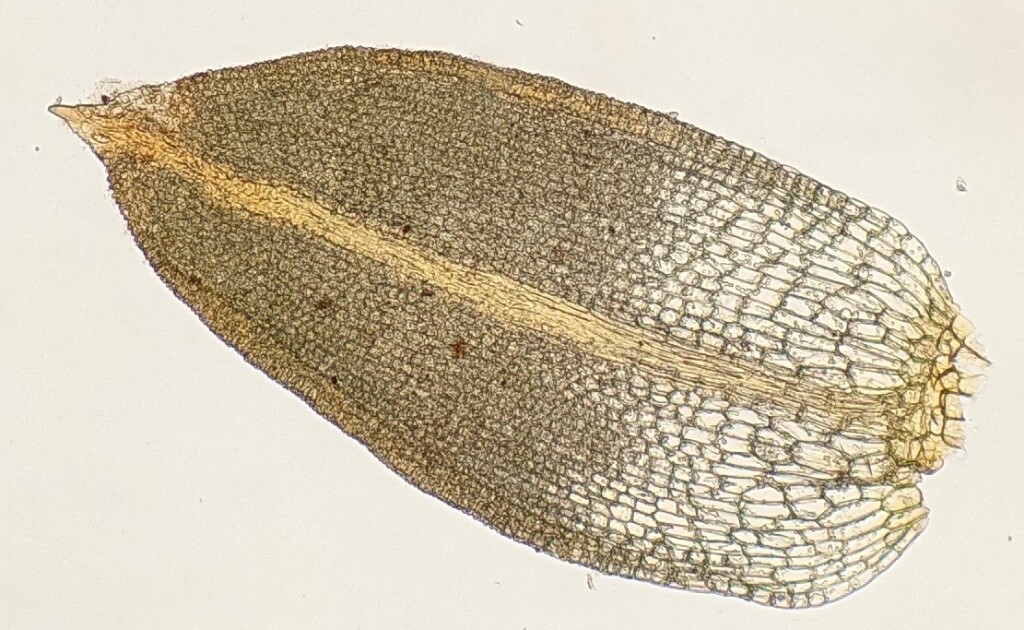Microbryum
Paroicous or occasionally synoicous (not in Victoria). Asexual propagules absent. Scattered, gregarious or forming turves on soil. Stems to c. 2 mm tall, simple or forked, glabrous; central strand present or absent; hyalodermis absent; sclerodermis absent or weakly differentiated. Leaves ovate, elliptic or lanceolate, erect to erect-spreading, occasionally with the apices reflexed when moist, appressed and sometimes slightly contorted when dry; apex broadly acute; costa percurrent or excurrent as an apiculus or short smooth awn, with quadrate to elongate adaxial superficial cells, with a differentiated adaxial epidermis, without an adaxial stereid band, with a hydroid strand, with an abaxial stereid band, with a differentiated abaxial epidermis, with short-rectangular to elongate abaxial superficial cells; margin entire or rarely serrulate near apex (not in Victoria), recurved at mid leaf and often to near apex, without a border; laminal cells in apical half quadrate, hexagonal, short-rectangular or occasionally rhomboid, pluripapillose with C-shaped or rarely bifid (not in Victoria) papillae, unistratose, with a red KOH reaction; basal laminal cells differentiated equidistantly from base from margin to costa or extending further near costa, rectangular. Acrocarpous. Capsule erect or inclined (not in Victoria), straight, ovoid, ellipsoid or obloid, exserted, operculate or cleistocarpous (not in Victoria) and apiculate, with (not in Victoria) or without an annulus. Calyptra cucullate or occasionally mitrate (not in Victoria), smooth (not in Victoria) or papillose. Operculum low-conic. Peristome absent, rudimentary or of 16 straight and truncate teeth.
Fourteen species widespread through temperate and subtropical regions of the world; two species in Victoria.
 Spinning
Spinning
